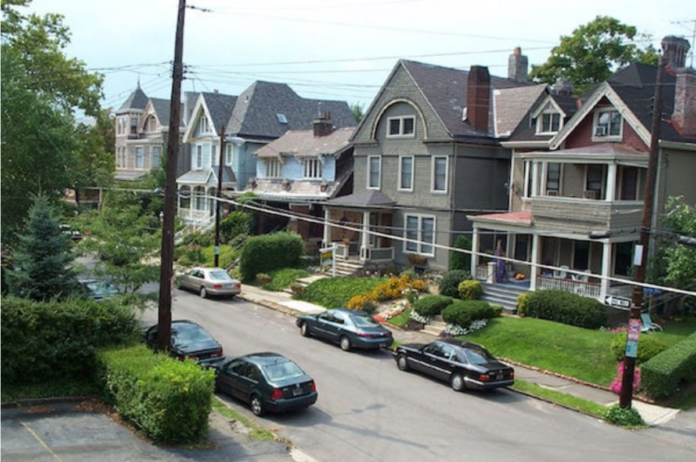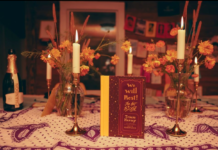By
Imagine learning that the home where you grew up has a deed with language prohibiting Black people from buying or renting it.
In Pittsburgh and other cities — even less than a century ago — developers and individual homeowners included restrictions like this one, which appeared in deeds for properties within Charette Homes, a Sewickley subdivision: “No lot or lots in the aforesaid plan of lots, nor any building thereon, shall be used or occupied, or permitted to be used or occupied, by any natural persons other than members of the White or Caucasian Race, except that the premises may be occupied in part by bona fide domestic servants of another Race employed on the premises.”
PublicSource examined 18 subdivisions inside the city and in its suburbs in which race was a factor in determining who could live there. Some of these communities had deeds with explicit wording like the ones filed in the 1940s for Charette Homes. Others, like Pittsburgh’s Schenley Farms and Stanton Heights Manor, used contracts limiting sales to buyers approved by existing owners or the developer.
CLICK HERE TO CONTINUE READING




































